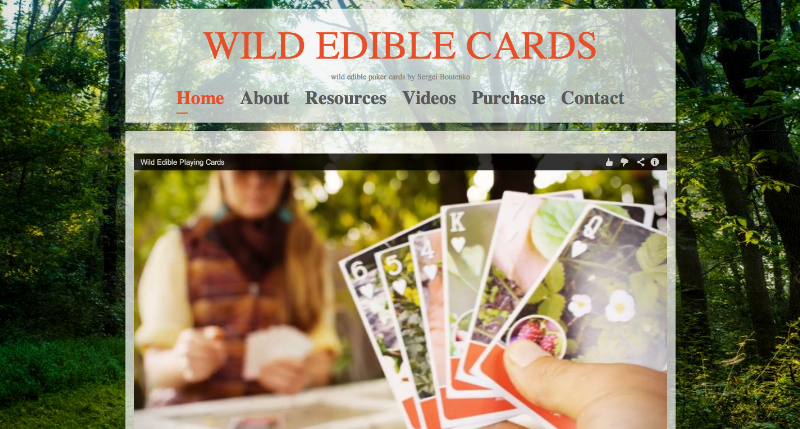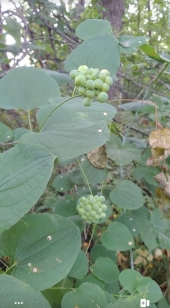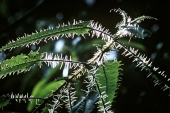




 4
4




 ).
).My project thread: http://www.permies.com/t/20399/projects/Maine-Master-Plan
 1
1




My project thread: http://www.permies.com/t/20399/projects/Maine-Master-Plan




 1
1




 1
1





Chris Badgett
Cocreator of Organic Life Guru. Have you seen what's happening over there?
 2
2




 2
2




Freakin' hippies and Squares, since 1986
 2
2




Freakin' hippies and Squares, since 1986
 2
2




Landon Sunrich wrote:As to criteria - For me its a sliding scale based on a few factors. Primarily what the risk is if I'm wrong. If there is a well know poisonous analog in the region I'm going to need to be much more certain (confirmed with multiple knowledgeable sources or having previously collected it several times with a knowledgeable source) Generally if I'm seriously questioning if I have a positive ID with something I have no experience in I avoid it even if there was nothing truly dangerous in the area. I'm more likely to try a small bit of some new leaf or root than berries. I tend to try tips and newer growth first and only in small amounts. Worst 'to hell with it, lets see if its edible' I've seen was when a friend tried Skunk cabbage leaf. Very unpleasant for the person involved but not truly dangerous. But this was with a positive ID but mistaken concept of what was edible. I do make a distinction between dangerous and unpleasant when I'm weighing whether or not to take a stab at whatever it is.
 Yes, I am a wild food enthusiast
Yes, I am a wild food enthusiast 
New to Detroit. Looking to help out with current permaculture and urban farming projects. Here is my blog from when I was an urban homesteader in Ohio but I am continuing to post about our suburban adventures in Permaculture. http://crunchymamasurbanhomestead.wordpress.com/
 1
1





|
These are not the droids you are looking for. Perhaps I can interest you in a tiny ad?
Learn Permaculture through a little hard work
https://wheaton-labs.com/bootcamp
|



